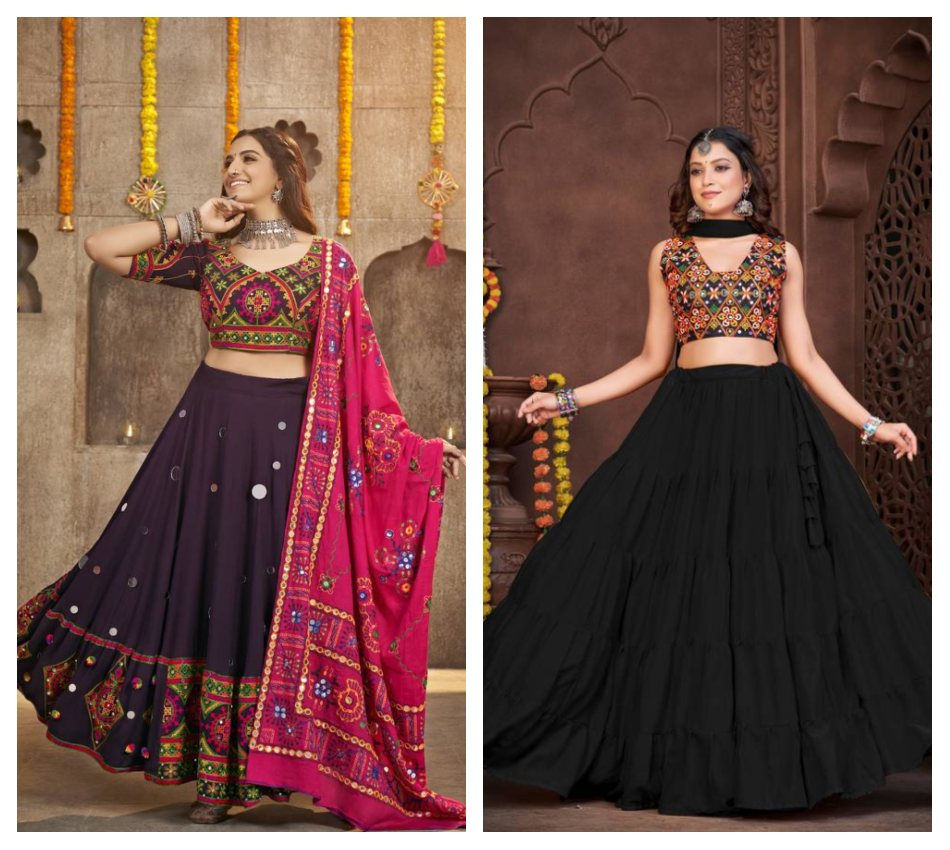Elegant Banarasi Sarees for Every Wardrobe
- julia sparkel

- May 29
- 3 min read
The saree is a traditional outfit worn by Indian women and is an important part of their culture. Among the many types, the Banarasi silk saree is known to be one of the most luxurious. It should come as no surprise that these sarees are not only in high demand on the domestic market but also have a significant demand in foreign markets. Indian artisans are used by both international designers and British high street firms to create clothing with hand embroidery and beading. These sarees are made even more beautiful by the fascinating fabric's six yards of intricate and complicated motifs. The weavers of Varanasi continue to weave intricate designs with gold and silver threads using laborious hand-weaving skills that were passed down through generations, despite the availability of modern technologies. Every woman's first option when it comes to sarees is now these stunning and captivating Banarasi sarees, which have gained immense popularity. Women all across the world value the stylish and unique weavings created by designers who use zari, patterns, and emeralds.
Varying Costs of Banarasi Sarees
The price of a Banarasi saree is typically high because of the elaborate workmanship it displays. The saree's price is additionally raised by the use of genuine zari embroidery and pure silk threads. It is priced between Rs. 10,000 to Rs. 3–4 lakhs.

However, you can also get Banarasi sarees in lower price ranges from Rs. 2000 to Rs. 8000. It will not be pure silk at that point since silk is an expensive fabric. But you can get similar magnificent designs and embroidery at a lower cost.
Banarasi Sarees: a Bride’s Favorite Pick
The bridal Banarasi saree typically features a lot of rich gold embroidery and woven designs of fertility symbols like flowers and fruits. It is typically available in bridal colors like red and maroon. Given the added embellishments, it is the most elaborate of all the numerous Banarasi saree styles and frequently has a highly sumptuous appearance. Banarasi wedding sarees are less bulky than bridal versions while still being highly festive and bright. They can be multicolored or any of a variety of colors, including blue, pink, purple, green, and yellow. Given that this is where the most elaborate decorations are presented, the pallu is quite significant.
Pure silk yarns are twisted together to create Katan, which is then woven. Previously, these were handwoven; however, they are now woven with the use of looms. These are the most opulent, plush, and exquisite varieties of Banarasi silk, a preferred fabric for weddings. Brides who prefer traditional sarees with a dash of trendy and contemporary designs should choose Shattir. Shattir is the only fabric suitable for creating unique designs, whether they are traditional or modern, under the Banarasi silk saree.
The word "jungle" is where the name "Jangla" originates. This explains why leaves and other plants are used as patterns and embellishments on Banarasi sarees. It is covered in elaborate designs and dense patterns. The majority of brides-to-be choose this well-liked and traditional Banarasi saree for their wedding.
Banarasi Saree Designs
The categories of the Banarasi saree are Tissue, Butidar, Cutwork, Tanchoi, and Jangal. Golden Zari brocade is woven into tissue sarees to give them shine. Self-woven paisleys are used as a pattern on the saree's borders and pallu. Silver, silk, and gold brocade threads are used in the weaving of Butidar sarees. The brocade pattern is known as Ganga-Jamuna because the gold threads are a darker shade of gold than the silver threads.
Banarasi Sarees for Young Girls
Sarees made of Banarasi silk are timeless. Banarasi silk sarees are the ideal clothing for everyone, especially children, because they defy aging. Having said that, young women must own Banarasi sarees. Every time you leave the house wearing a stunning Banarasi saree made of pure silk, you will look like a diva. Younger women typically choose tissue sarees to wear to formal occasions since they may like a somewhat more shimmery appearance than traditional Banarasi saree designs.



Comentarios